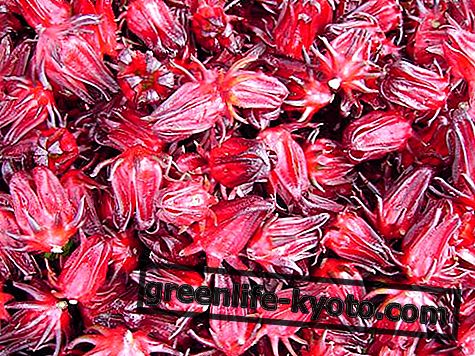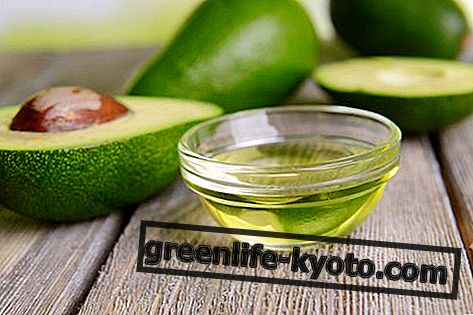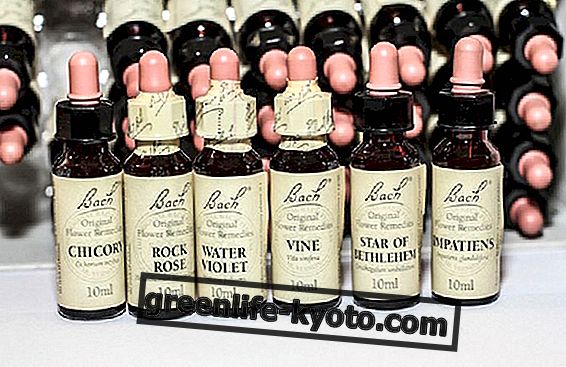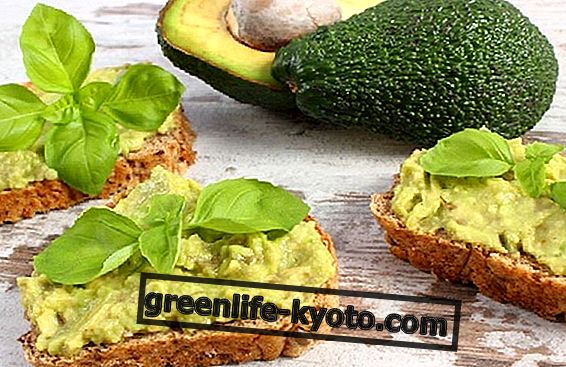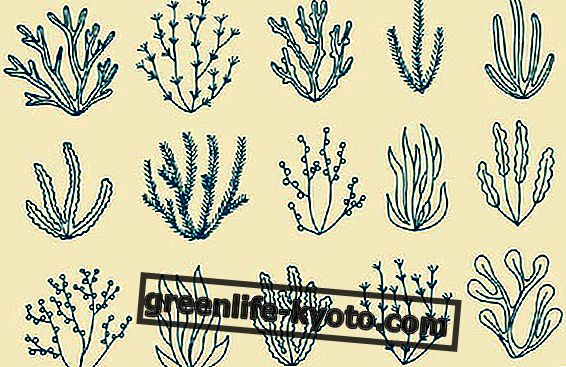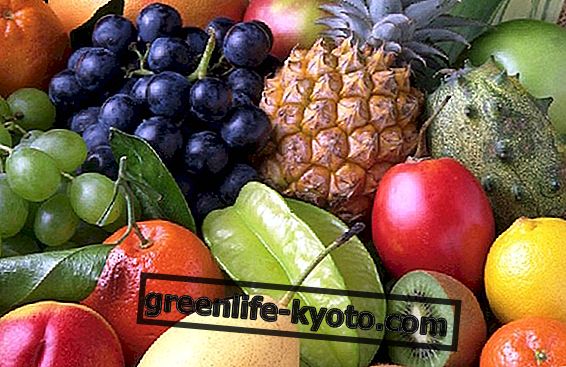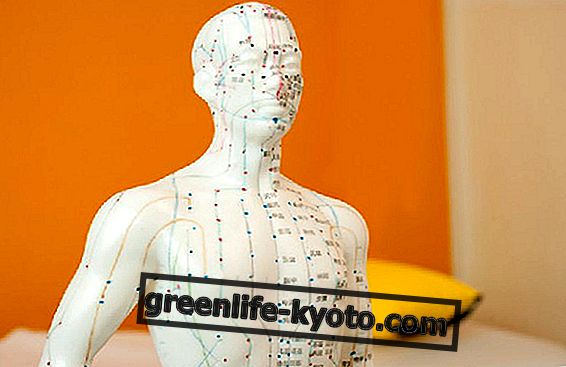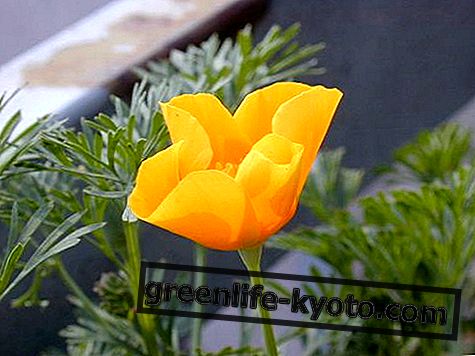
The art of massage
Massage is the most ancient way in which a human being has learned to alleviate the suffering of a fellow human being. The word massage comes from the Hebrew massech which means to rub, to press, or from the Greek "masso" which means to knead, to handle. It defines a series of techniques whose origin is traced back to the ancient Greeks and Romans, but it has been ascertained that different types of manipulation are 4000 years old and that the massage was already widespread in the East around 6000 years ago.
The Egyptians at the time of Cleopatra, who loved being massaged by their slaves immersed in pools of perfumed water, and the Greeks themselves, were affected by these positive influences. As for the former, the massage was considered a sacred art like the various religious and divinatory rituals. Homer (Greek poet of the 8th century BC) in the Odyssey, talks about massage as a treatment for the recovery of warriors' health. Hippocrates, a famous Hellenistic physician who lived in the first century BC defined it as "anatripsis" and recommended it as a physical therapy. And it is precisely with the Greeks that two different massage techniques are developed: the first concerns the sports massage linked to games, the second, instead, is curative and connected to medicine. Massage is also essential for the Romans, just think of the treatments made to spa guests, where this art is also used for relaxation and beauty care. Galen, for example, doctor of the emperor Marcus Aurelius, dedicated a large number of texts to this technique.
The use of massage, to eliminate fatigue, relieve pain, relax and allow easier application of oils and ointments on the skin, is lost in the mists of time. It can be said that it corresponds to the first therapy technique that man has used for the treatment of diseases. Starting from the most ancient times, massage instinctively represented the most immediate method of therapy in that, through manual manipulation, a analgesic action on the painful parts of the body. These experiences were common to all primordial men. It is assumed that its origins can date back to 3000 years before Christ and in all the great civilizations there are indications that indicate its importance. The first references are found in Chinese manuscripts dating back to 2700 a. C. In this period lived the first therapists of which we have received news and in the third millennium BC the first techniques date back to which we have some documentation.
During the Middle Ages the massage is abandoned: every form of palpation of the body is, in fact, considered as sinful. It will be "rediscovered" only in the Renaissance, and then increased its popularity in the seventeenth century thanks to the intervention of a Swedish doctor Henrik Ling who decided to codify the different techniques. Towards the end of the nineteenth century the technique of massage began to be used almost regularly as a medical treatment, so much so that, in 1894, eight professionals founded the Society of Trained Masseurs, in practice the forerunner of the current Register of Physiotherapists.
During the 20th century, the great progress made by conventional medicine overshadowed the traditional therapies that had been practiced for centuries. Dazzled by the results of science and technology, until a few decades ago, most of the population of the so-called developed countries barely knew the therapeutic value of human contact. However, currently the massage is experiencing a moment of rebirth thanks to a strong need to return to "natural" values, as a reaction to the conditions of intense stress imposed by modern society. Today, modern scientific research has definitively recognized massage as an effective therapy in the field of rehabilitation (mass-physiotherapy), sports, vascular, rheumatology and aesthetics (even if its action is so global that it has practically no application limits).
The positive effects
The "virtues" of massage are innumerable. We can start with relaxation which, in itself, allows our body to regenerate itself, rebalancing the nervous and hormonal system, and then going on to review the long list of positive effects that this technique brings.
The benefits include:
- Attenuation of tension signals present in the form of cramps and muscle spasms.
- Strengthening of the immune system, thanks to the fact that muscle movement and contractions are an effective method for circulating lymphatic fluid (which eliminates toxins) within the body.
- Improved circulation, since the movements performed during the massage allow the blood to be pushed towards the heart. In practice it favors the exchange, at the cellular level, of the blood containing the toxins, with new blood rich in nutritive elements.
- Elimination of dead cells and absorption of elements that nourish the skin, making it velvety and helping it to breathe.
- Production of a feeling of wellbeing due to feeling caressed and pampered.
Some contraindications
Usually this technique does not present particular contraindications, however it is appropriate to consider that in some situations, as in the case of injuries and pathologies such as fever, inflammation, heart disease, infectious diseases, it should be avoided.
To avoid unnecessary risks, when it comes to massaging a person with any health problem it is, however, better to first hear the opinion of the attending physician.

